Home>Gardening & Outdoor>Landscaping Ideas>When Do Grubs Damage Lawns
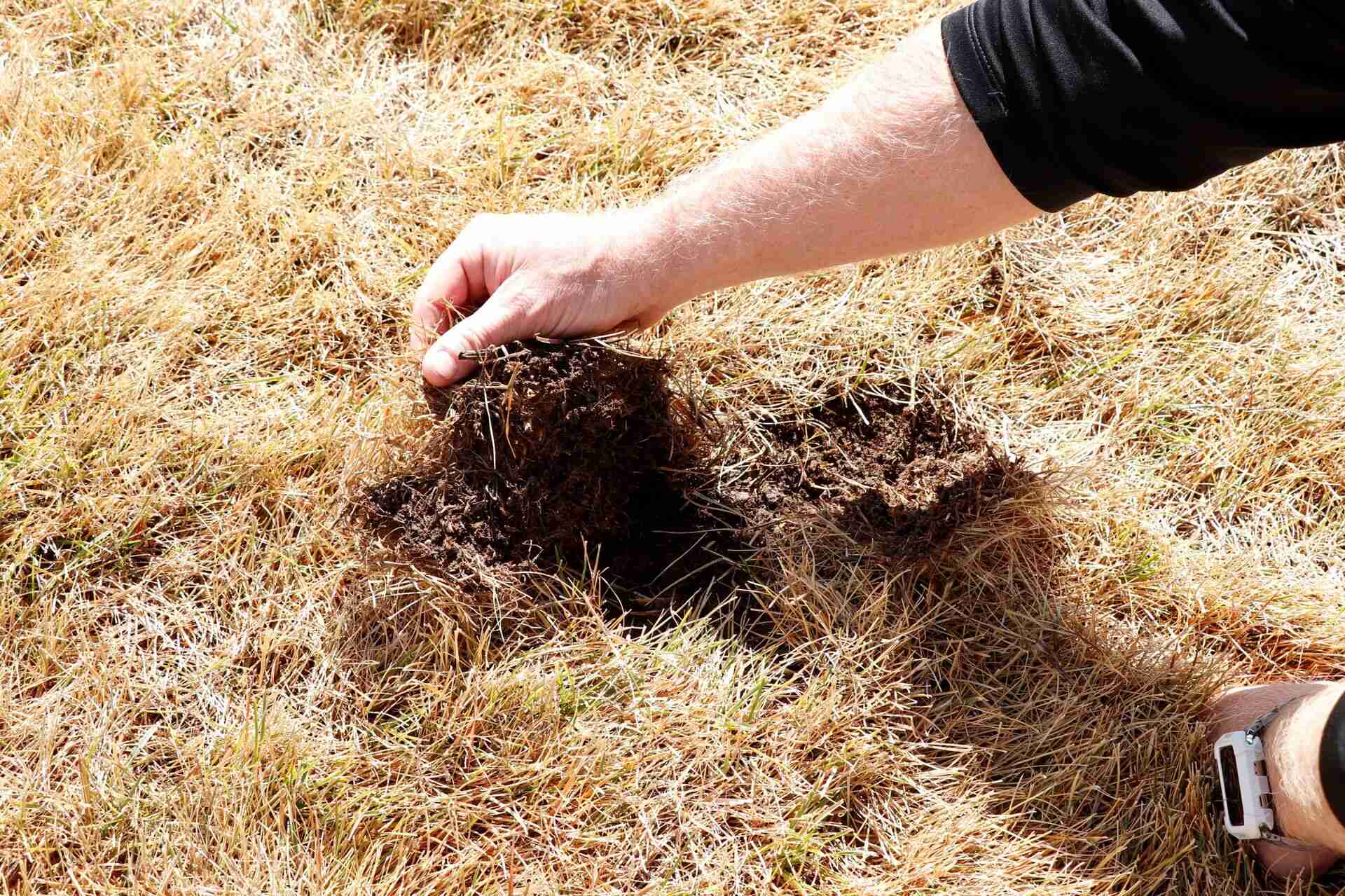

Landscaping Ideas
When Do Grubs Damage Lawns
Modified: April 1, 2024
Learn when grubs damage lawns and how to prevent them with effective landscaping ideas. Protect your lawn from grub damage with our expert tips.
(Many of the links in this article redirect to a specific reviewed product. Your purchase of these products through affiliate links helps to generate commission for Storables.com, at no extra cost. Learn more)
Introduction
Introduction
Welcome to the world of landscaping, where the beauty of nature meets the creativity of human design. A lush, green lawn is the pride of any homeowner, but maintaining its health and vibrancy can be a challenge. One of the most common threats to a pristine lawn comes in the form of grubs. Understanding when grubs damage lawns is crucial to preserving the beauty and integrity of your outdoor space.
In this comprehensive guide, we will delve into the world of grubs, exploring their life cycle, the signs of their damage, and most importantly, when they pose a threat to your lawn. Additionally, we will discuss preventive measures and effective treatments to combat grub damage, empowering you to safeguard your lawn and keep it flourishing throughout the seasons.
So, let’s embark on this journey to unravel the mysteries of grubs and equip ourselves with the knowledge to protect our lawns from their destructive tendencies.
What are Grubs?
Key Takeaways:
- Grubs are most damaging in fall and spring, especially in well-watered lawns. Early detection and preventive measures are crucial to protect lawns from extensive damage.
- To prevent and treat grub damage, maintain a healthy lawn, use natural controls, apply targeted insecticides, and seek professional help for comprehensive restoration.
Read more: When To Grub Control For Lawns
What are Grubs?
Grubs are the larval stage of various beetles, including Japanese beetles, June bugs, and European chafers. These C-shaped, cream-colored larvae reside in the soil, where they feed on grassroots, thatch, and organic matter. Due to their subterranean habitat, they often go unnoticed until their destructive impact becomes evident.
These voracious feeders can wreak havoc on lawns, causing significant damage if left unchecked. Their appetites can lead to brown patches, wilting grass, and even complete turf destruction in severe cases. Identifying and addressing grub infestations promptly is essential to prevent long-term harm to your lawn.
Grubs thrive in moist, well-irrigated soil, making lawns an ideal habitat for their development. Understanding their life cycle and behavior is crucial for effective management and prevention of damage. By familiarizing ourselves with the intricacies of these underground pests, we can take proactive measures to protect our lawns and preserve their natural beauty.
Life Cycle of Grubs
Life Cycle of Grubs
The life cycle of grubs encompasses several stages, each playing a pivotal role in their development and impact on lawns. It begins with adult beetles laying their eggs in the soil during the summer months. These eggs hatch into tiny, white grubs that immediately commence feeding on grassroots and organic matter beneath the surface.
As the grubs grow, they molt and progress through instars, gradually increasing in size and voracity. During the fall and winter, grubs burrow deeper into the soil to survive the colder temperatures, resurfacing closer to the surface as the weather warms in spring. This resurgence often coincides with heightened feeding activity, posing a greater threat to the health of lawns.
By late spring and early summer, the grubs undergo pupation, transforming into adult beetles that emerge from the soil to repeat the cycle. Understanding this life cycle is essential for timing preventive measures and treatments effectively. Early detection and intervention during vulnerable stages of the life cycle can significantly mitigate potential damage to lawns.
As stewards of our outdoor spaces, it is imperative to be mindful of the seasonal dynamics of the grub life cycle. By aligning our lawn care practices with these natural rhythms, we can fortify our lawns against the detrimental effects of grub infestations and maintain their lush, resilient vitality.
Signs of Grub Damage
Signs of Grub Damage
Recognizing the signs of grub damage is crucial for proactive lawn maintenance and timely intervention. Several indicators can alert homeowners to the presence of grubs and the resulting harm to their lawns.
-
Browning and Wilting Grass: One of the primary signs of grub infestation is the emergence of brown, wilting patches in the lawn. As grubs feed on grassroots, they compromise the grass’s ability to absorb nutrients and water, leading to visible deterioration.
-
Loose, Spongy Turf: Infested areas may exhibit a spongy texture, indicating the loss of root support due to grub activity. Walking across the affected areas may feel like treading on loose, squishy ground, signaling underlying damage.
-
Increased Pest Activity: Grub infestations can attract other pests, such as birds, raccoons, and skunks, that feed on the grubs. Signs of animal digging or foraging in the lawn can signify an underlying grub problem.
-
Visible Grubs: When inspecting the soil beneath affected areas, homeowners may encounter grubs directly. Their C-shaped bodies and creamy appearance distinguish them from other soil-dwelling organisms, providing a clear indication of infestation.
By remaining vigilant for these telltale signs, homeowners can promptly address grub infestations and mitigate the damage to their lawns. Early detection is key to implementing effective control measures and preserving the health and aesthetics of outdoor spaces.
When Grubs Damage Lawns
Tip: Grubs damage lawns in late summer and early fall. Look for brown patches and dig up a small section of turf to check for grubs. Treat with insecticide if necessary.
When Grubs Damage Lawns
Grubs pose a significant threat to lawns during specific stages of their life cycle and under certain environmental conditions. Understanding when grubs are most likely to cause damage is essential for implementing targeted preventive strategies and timely treatments.
Grub damage is most pronounced during their active feeding periods, which typically coincide with the fall and spring seasons. As temperatures cool in the fall, grubs migrate closer to the soil surface, intensifying their feeding activity and inflicting substantial harm on grassroots. This heightened feeding continues into the spring, exacerbating the impact on lawns as they strive to recover from winter dormancy.
Furthermore, lawns that receive ample irrigation or experience consistent rainfall are particularly susceptible to grub damage. Moist soil provides an optimal habitat for grubs, fostering their development and enabling them to thrive as they voraciously consume grassroots and thatch. Consequently, well-watered lawns may experience more severe damage from grub infestations.
It is also important to note that newly established lawns and areas with a history of grub infestations are at heightened risk of damage. Young, tender grassroots are especially vulnerable to grub feeding, impeding the establishment and growth of newly seeded or sodded lawns. Similarly, past occurrences of grub damage indicate the potential for reinfestation, warranting proactive protective measures.
By recognizing these critical periods and environmental factors, homeowners can adopt proactive measures to fortify their lawns against potential grub damage. Implementing preventive treatments and maintaining optimal lawn care practices during these vulnerable phases can significantly reduce the risk of extensive damage and promote the long-term health of outdoor spaces.
Preventing Grub Damage
Read also: 12 Best Grub Killer For Lawns For 2025
Preventing Grub Damage
Preventive measures play a pivotal role in safeguarding lawns against the detrimental effects of grub infestations. By adopting proactive strategies and integrating them into regular lawn care practices, homeowners can create an inhospitable environment for grubs and minimize the risk of damage.
-
Optimal Lawn Maintenance: Maintaining a well-groomed lawn through proper mowing, irrigation, and fertilization promotes grass vigor and resilience, reducing its susceptibility to grub damage. Regular aeration and dethatching also contribute to a healthy root system, fortifying the lawn against potential infestations.
-
Biological Controls: Introducing beneficial nematodes, such as Heterorhabditis bacteriophora and Steinernema feltiae, into the soil can help control grub populations naturally. These microscopic organisms parasitize grubs, effectively curtailing their numbers and mitigating potential damage to lawns.
-
Targeted Treatments: Applying granular or liquid insecticides specifically formulated to combat grubs can provide effective preventive protection. Timely application, typically during late spring or early summer, disrupts the life cycle of grubs and limits their ability to cause substantial harm to lawns.
-
Monitoring and Assessment: Regularly inspecting the lawn for signs of grub activity enables early detection and intervention. Identifying potential hotspots and areas prone to infestation empowers homeowners to implement targeted preventive measures and minimize the risk of damage.
By integrating these preventive strategies into their lawn care regimen, homeowners can create an environment that discourages grub infestations and promotes the enduring health and beauty of their outdoor spaces. Proactive measures not only mitigate the risk of damage but also contribute to sustainable and resilient lawn ecosystems.
Treating Grub Damage
Treating Grub Damage
When confronted with existing grub damage, prompt and targeted treatments are essential to mitigate the impact and facilitate the recovery of affected lawns. By deploying effective interventions, homeowners can address the underlying issues and restore the health and vitality of their outdoor spaces.
-
Curative Insecticides: Utilizing curative insecticides designed to combat active grub infestations can effectively control and reduce their numbers. These products target grubs during their vulnerable feeding stages, curbing their destructive impact and fostering lawn recovery.
-
Overseeding and Reseeding: Repairing damaged areas through overseeding or reseeding helps replenish the grass cover and restore the aesthetic appeal of the lawn. Selecting resilient grass varieties and optimizing soil conditions support successful establishment and growth, revitalizing the affected areas.
-
Soil Rehabilitation: Aerating compacted soil and amending it with organic matter promotes root development and enhances the lawn’s capacity to recover from grub damage. This revitalization of the soil structure fosters a conducive environment for healthy grassroots and overall lawn resilience.
-
Professional Services: Engaging the expertise of lawn care professionals for targeted grub treatments and comprehensive lawn rehabilitation can expedite the recovery process. Their specialized knowledge and resources enable tailored solutions and thorough restoration of damaged lawns.
By implementing these remedial measures and enlisting appropriate support, homeowners can effectively address grub damage and initiate the rejuvenation of their lawns. Timely intervention and comprehensive rehabilitation efforts contribute to the sustained health and beauty of outdoor spaces, ensuring their enduring enjoyment and allure.
Frequently Asked Questions about When Do Grubs Damage Lawns
Was this page helpful?
At Storables.com, we guarantee accurate and reliable information. Our content, validated by Expert Board Contributors, is crafted following stringent Editorial Policies. We're committed to providing you with well-researched, expert-backed insights for all your informational needs.
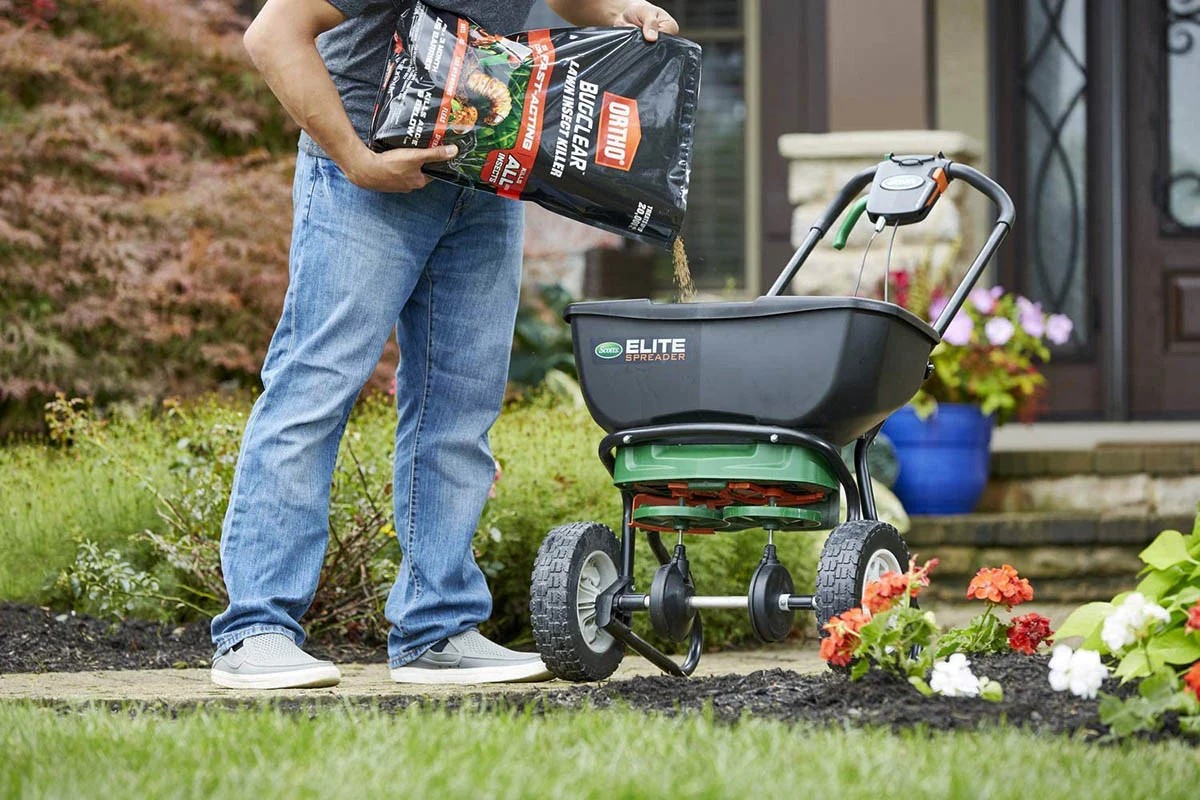
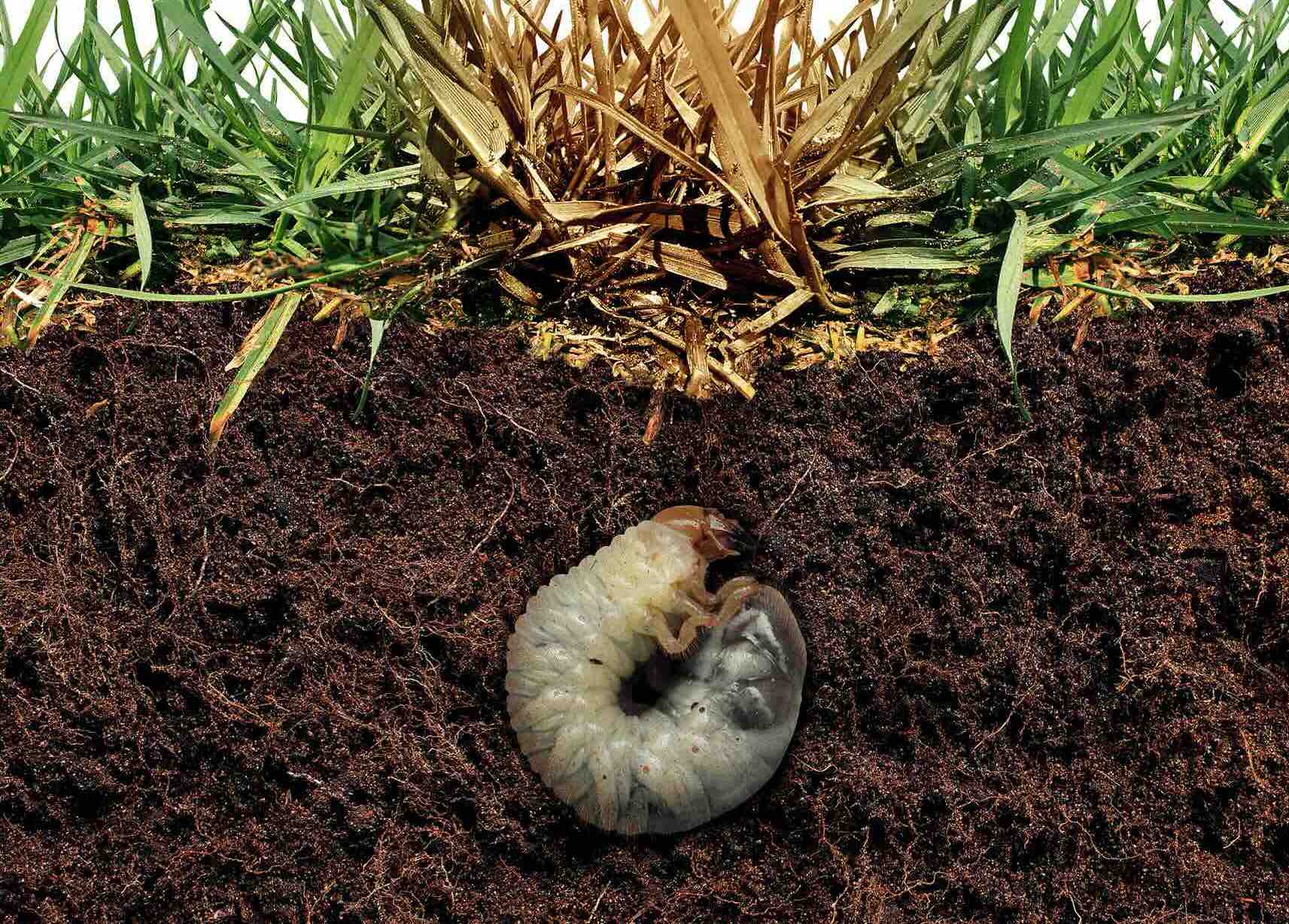
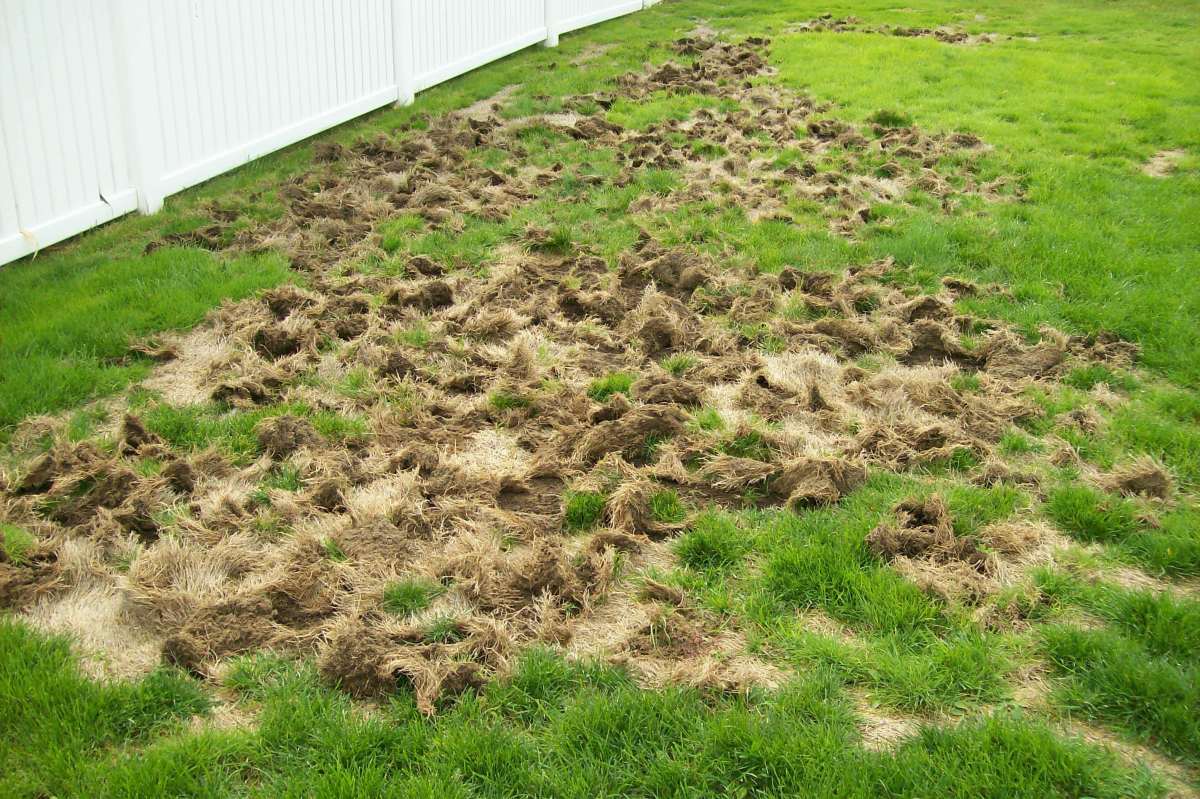
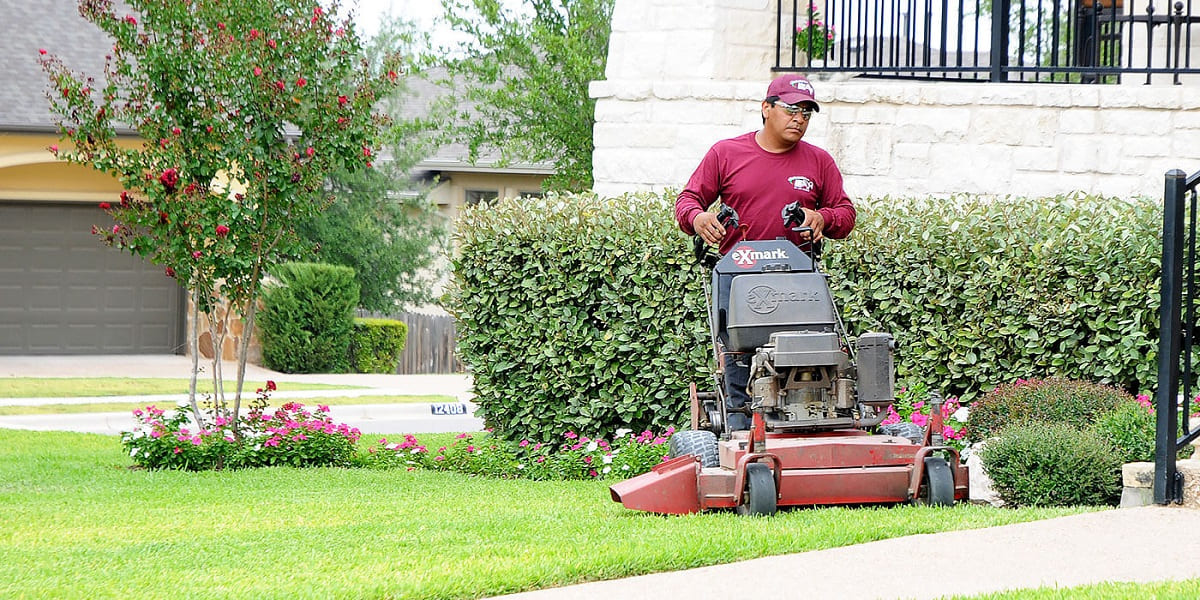
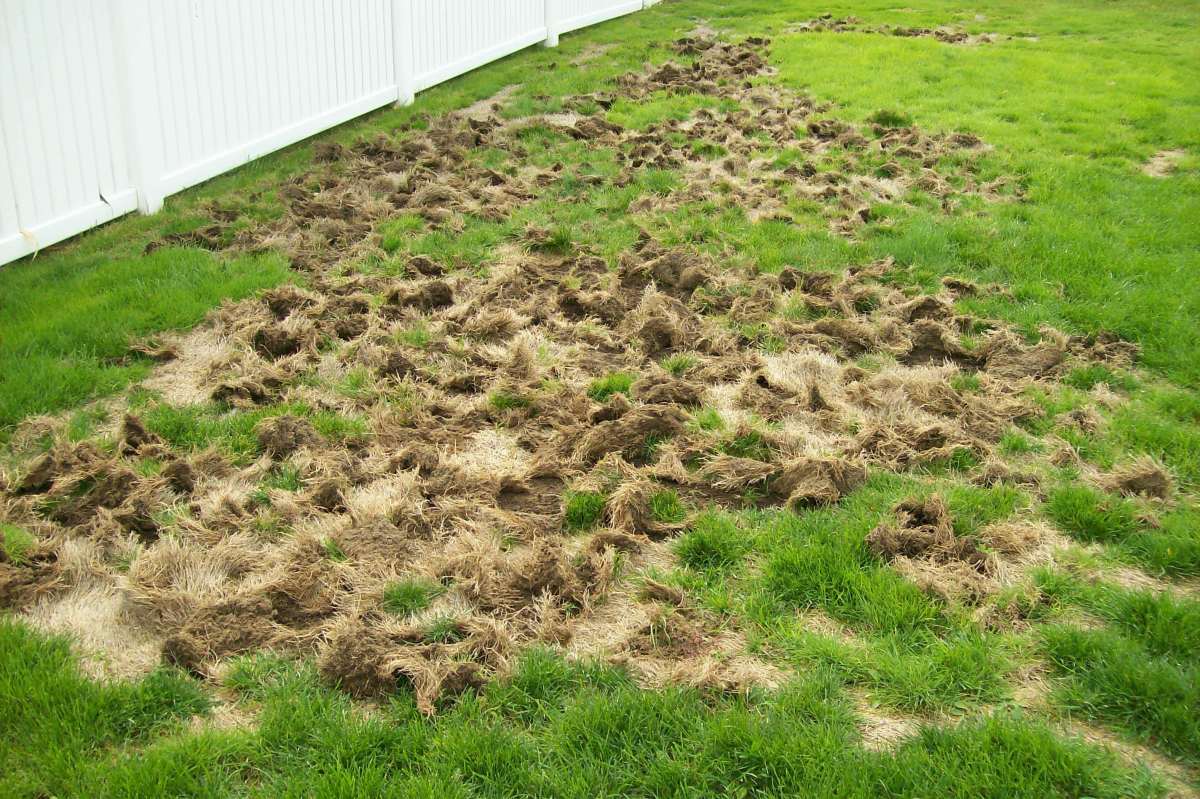
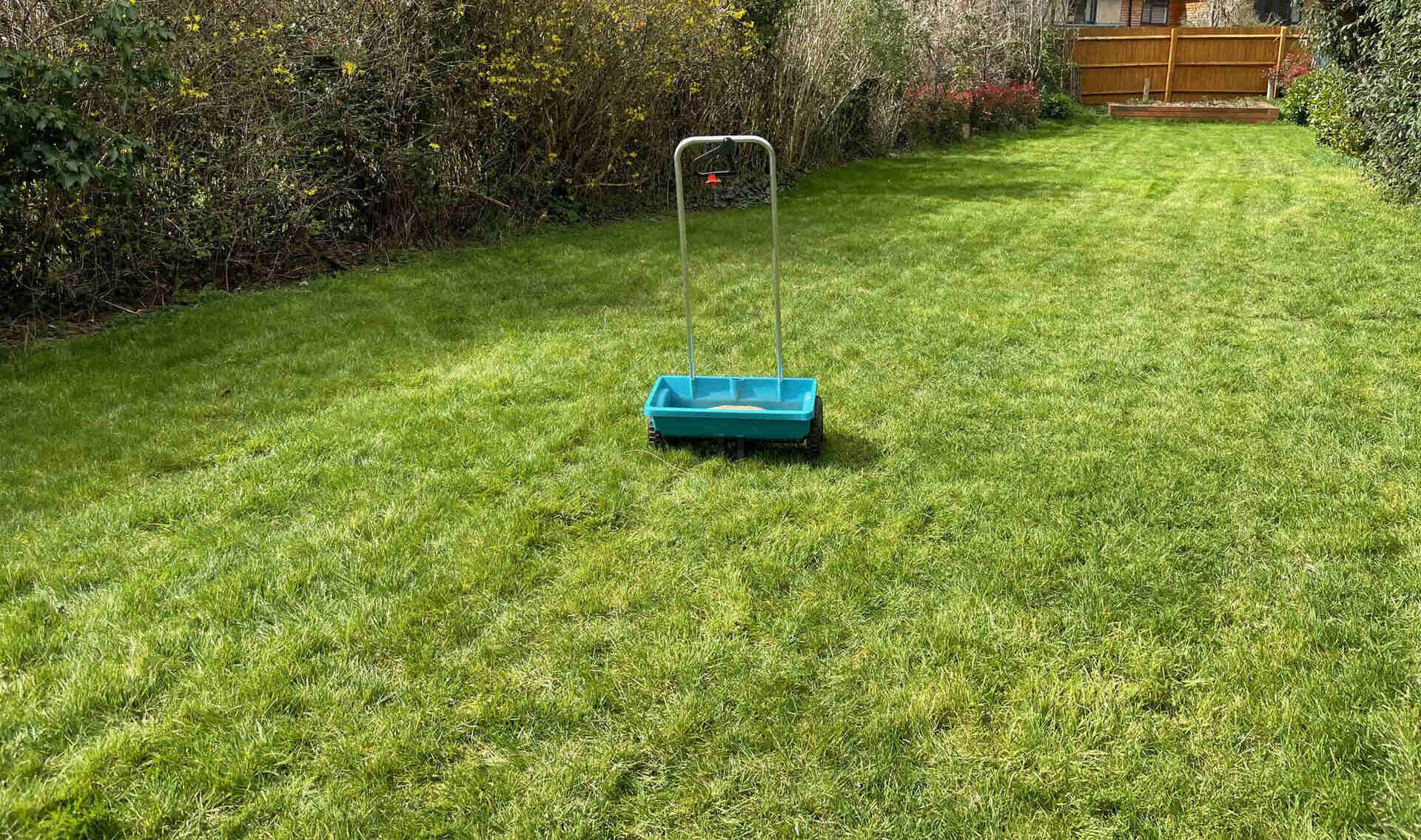
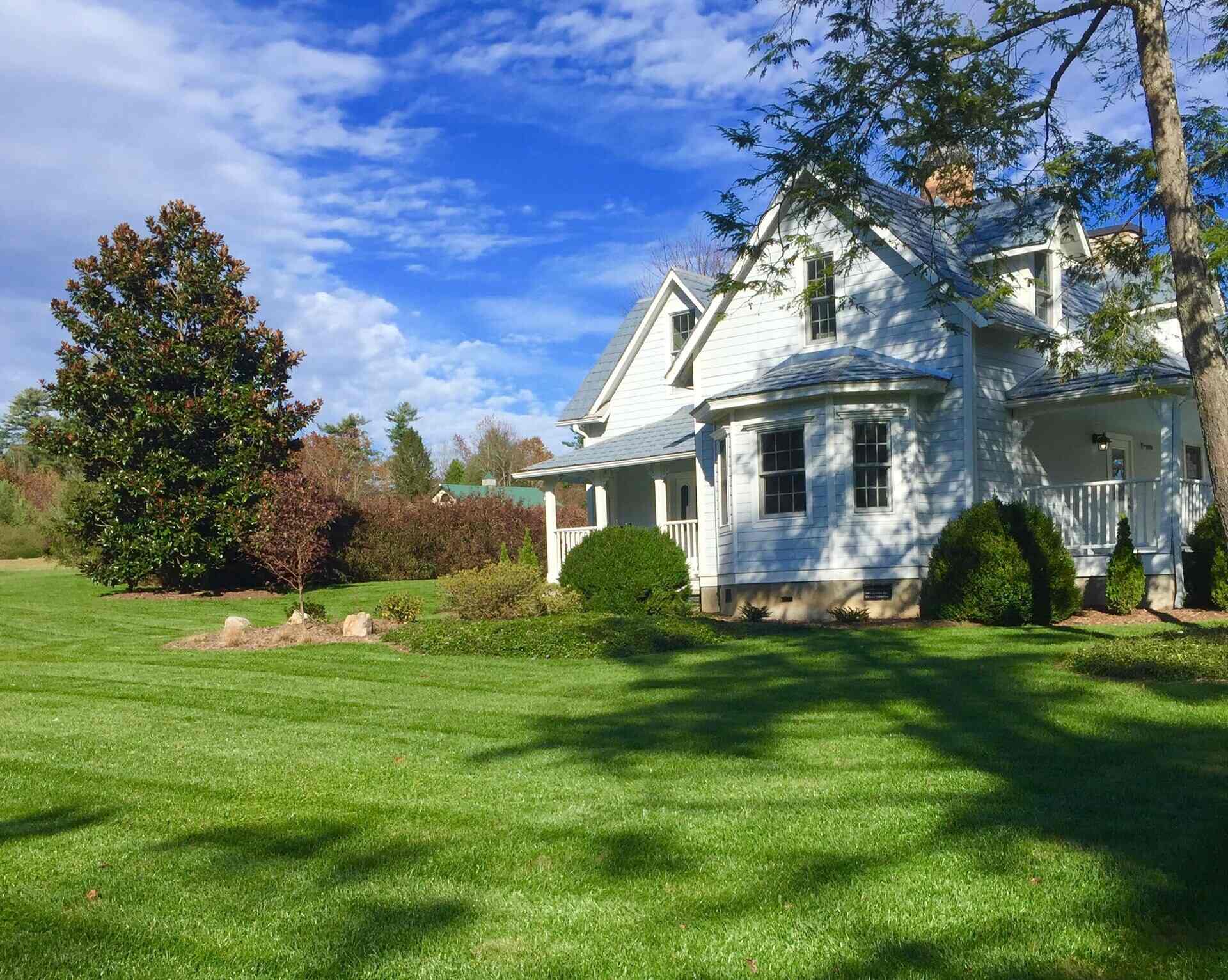
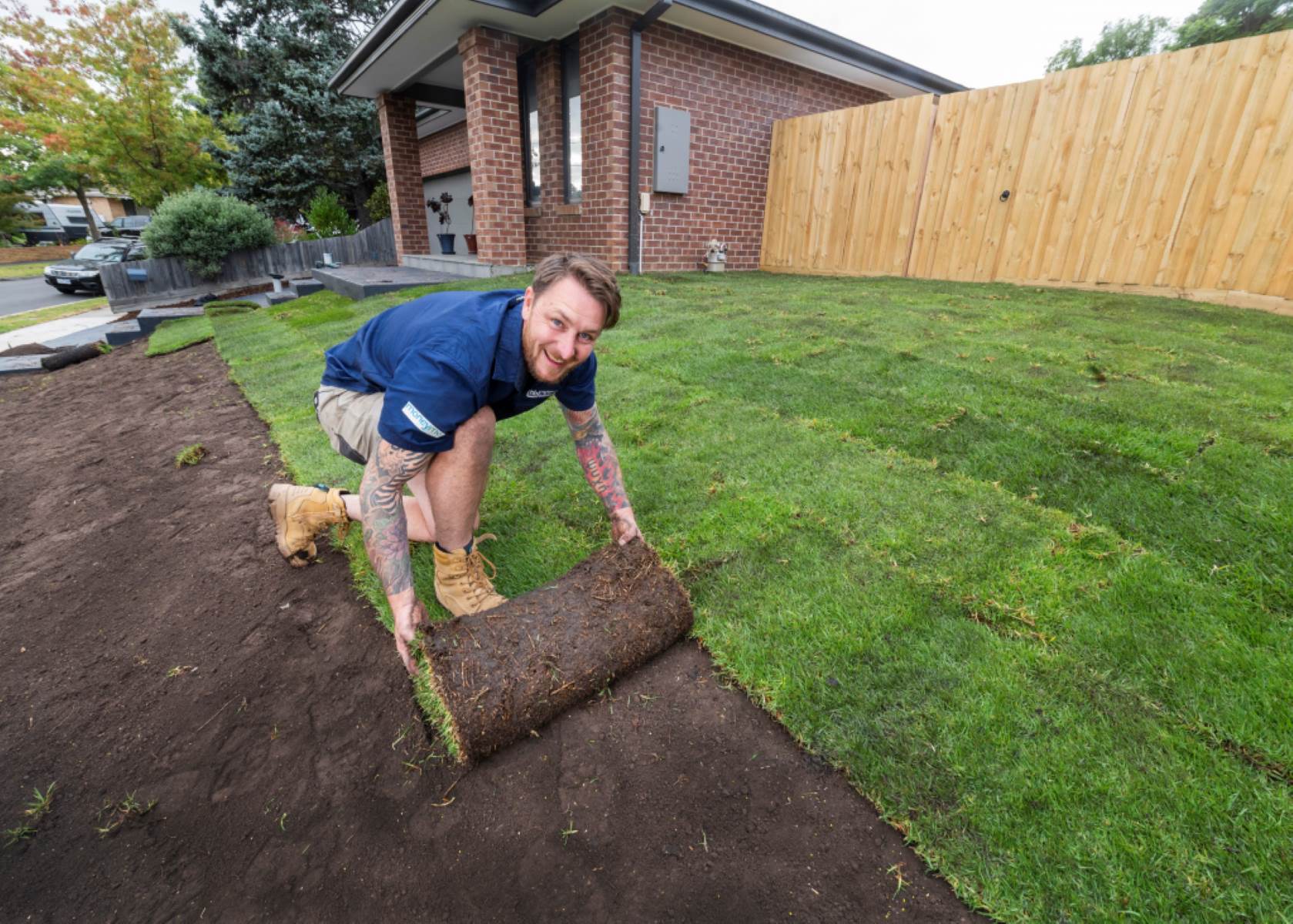
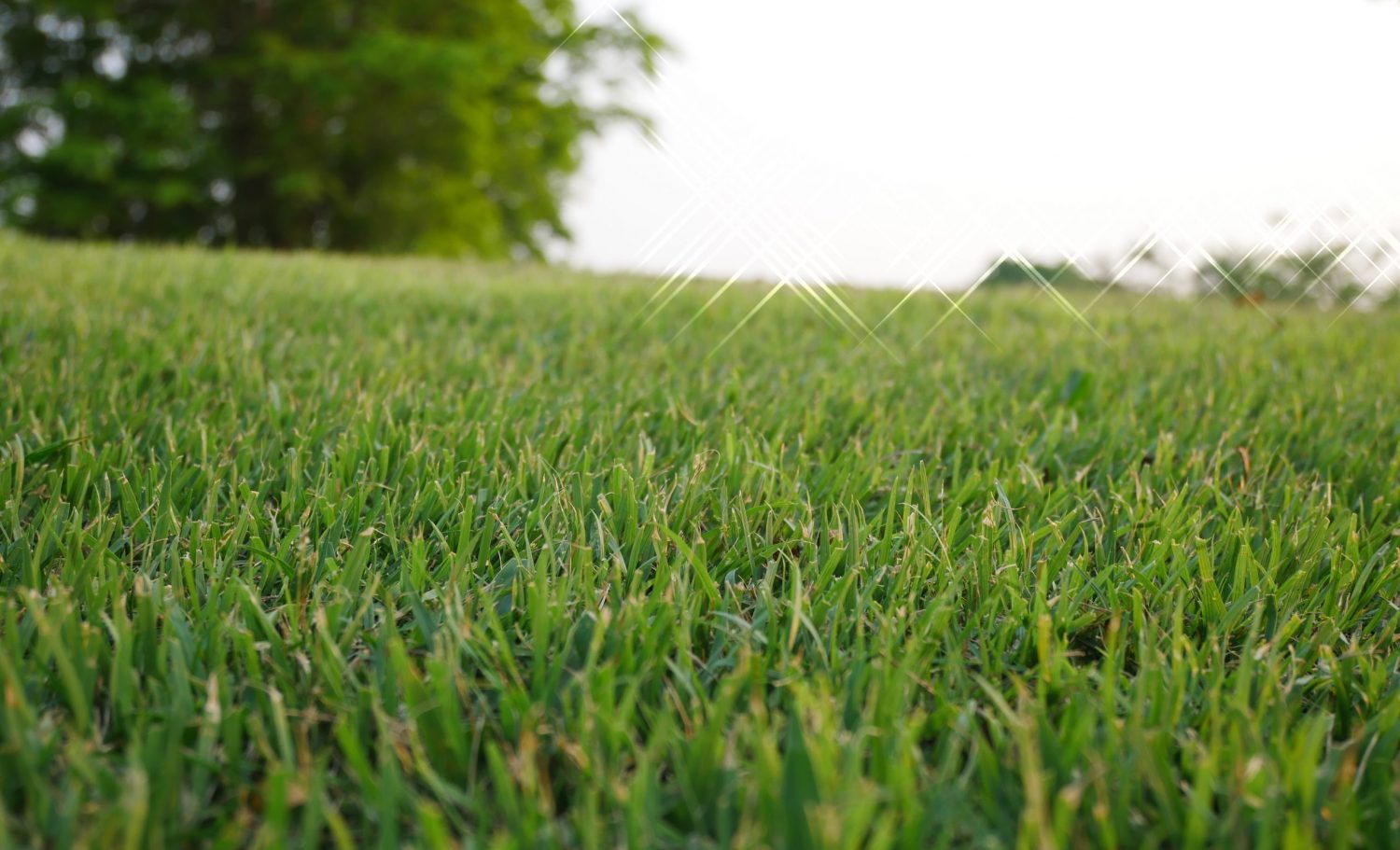
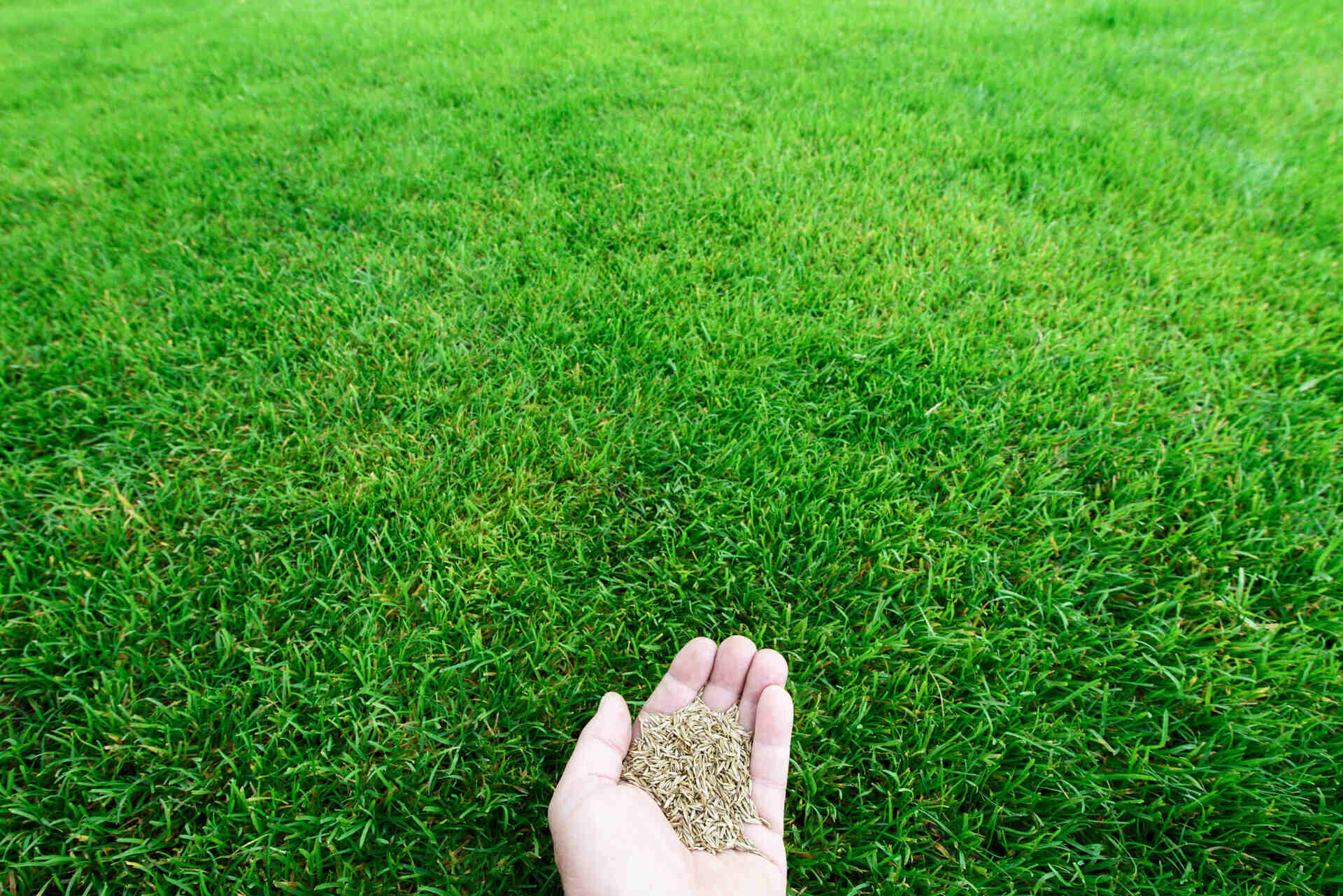
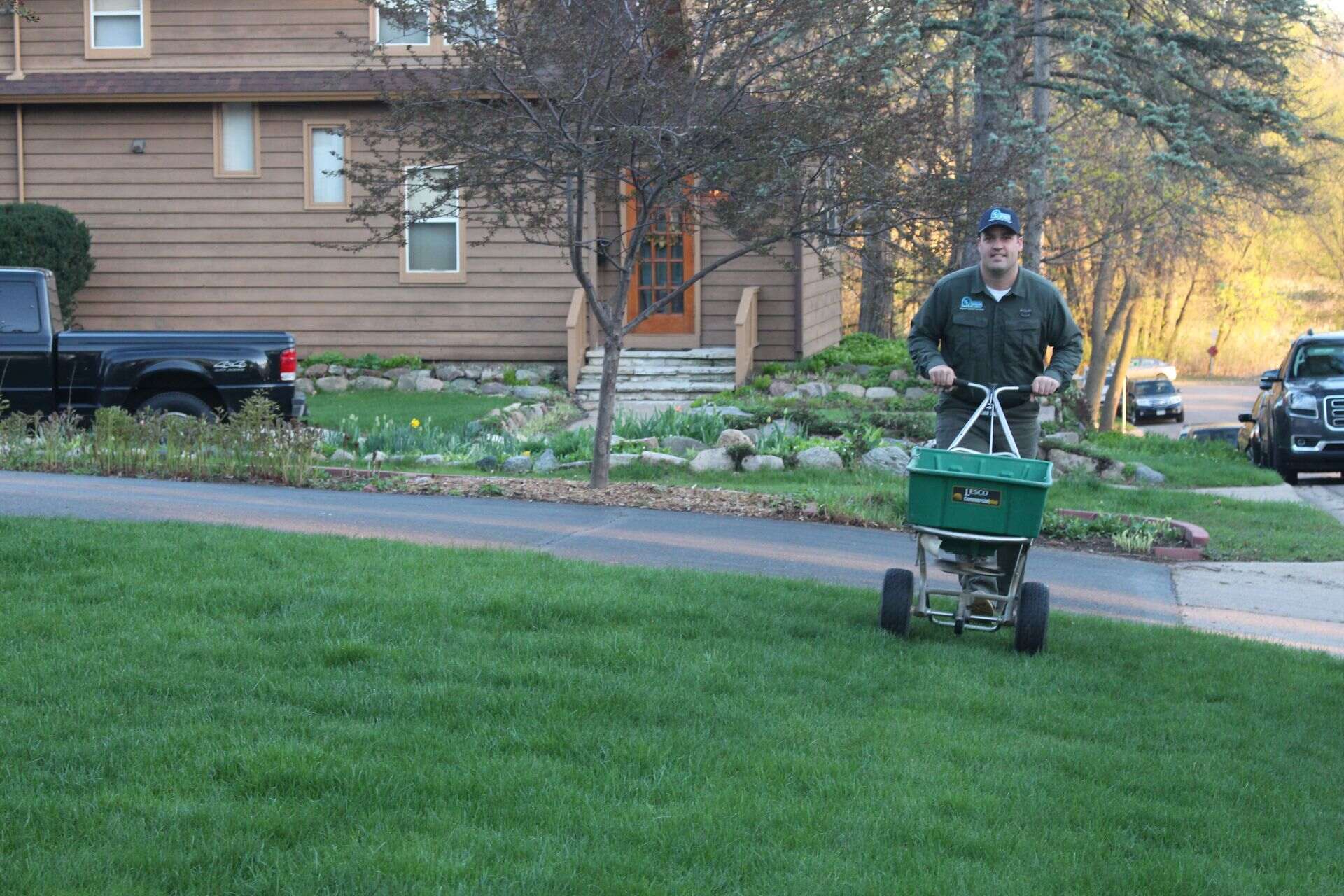
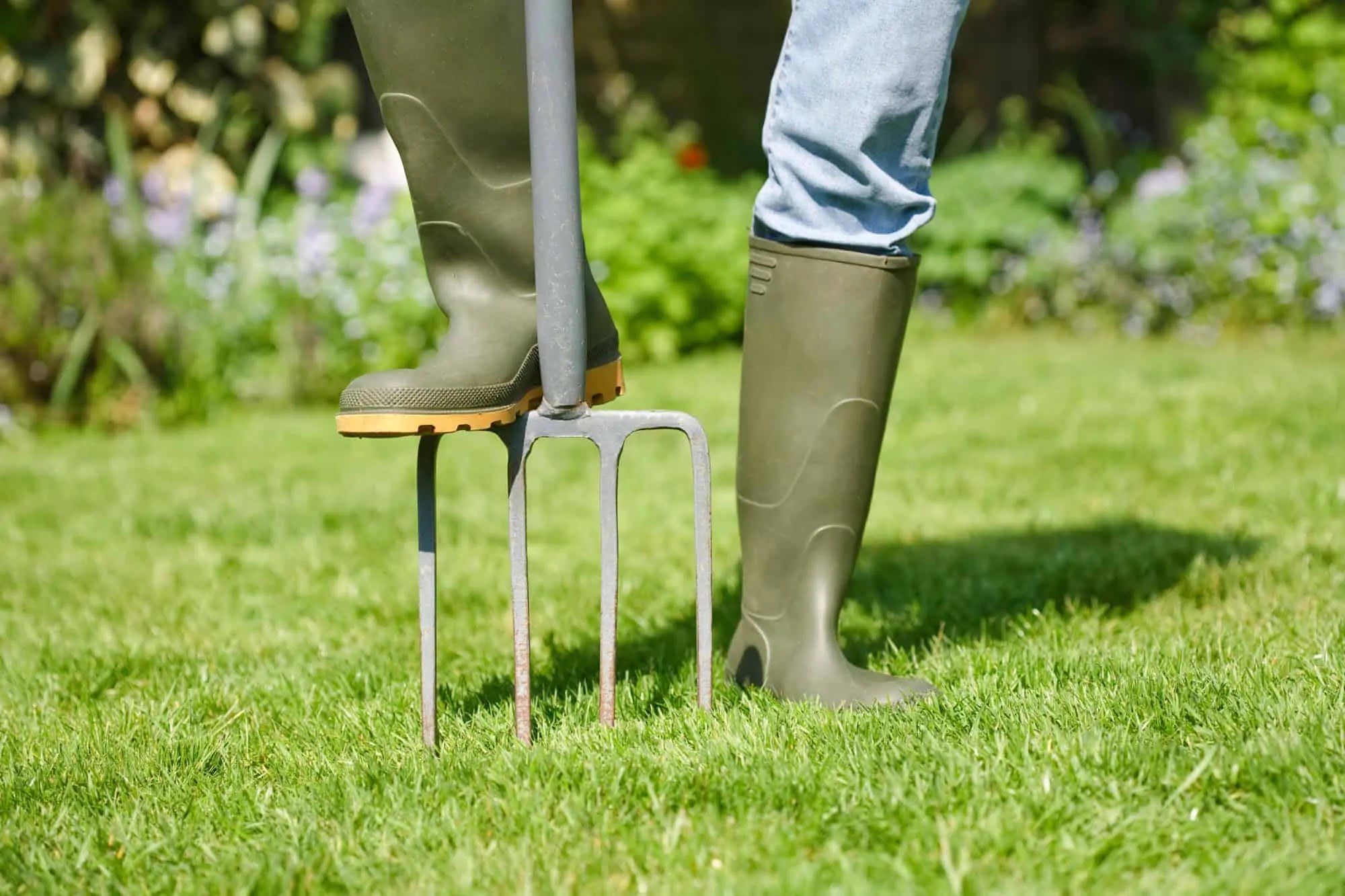
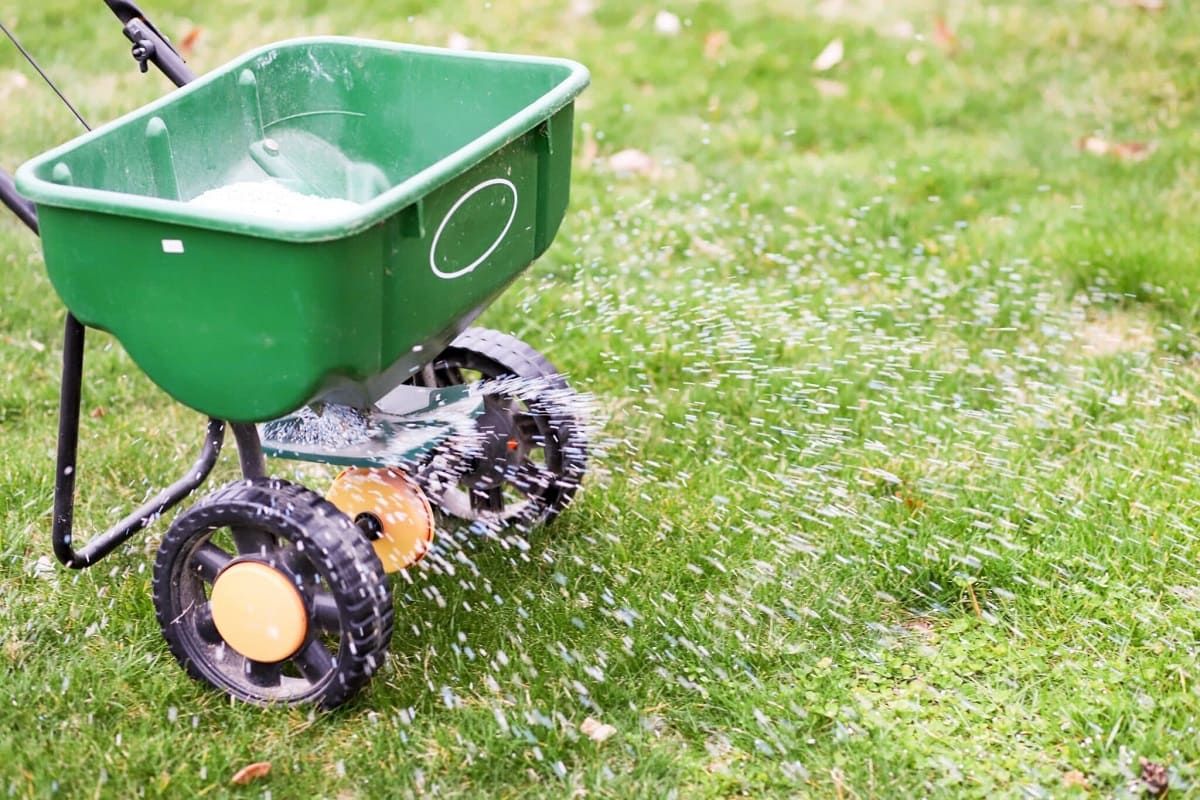
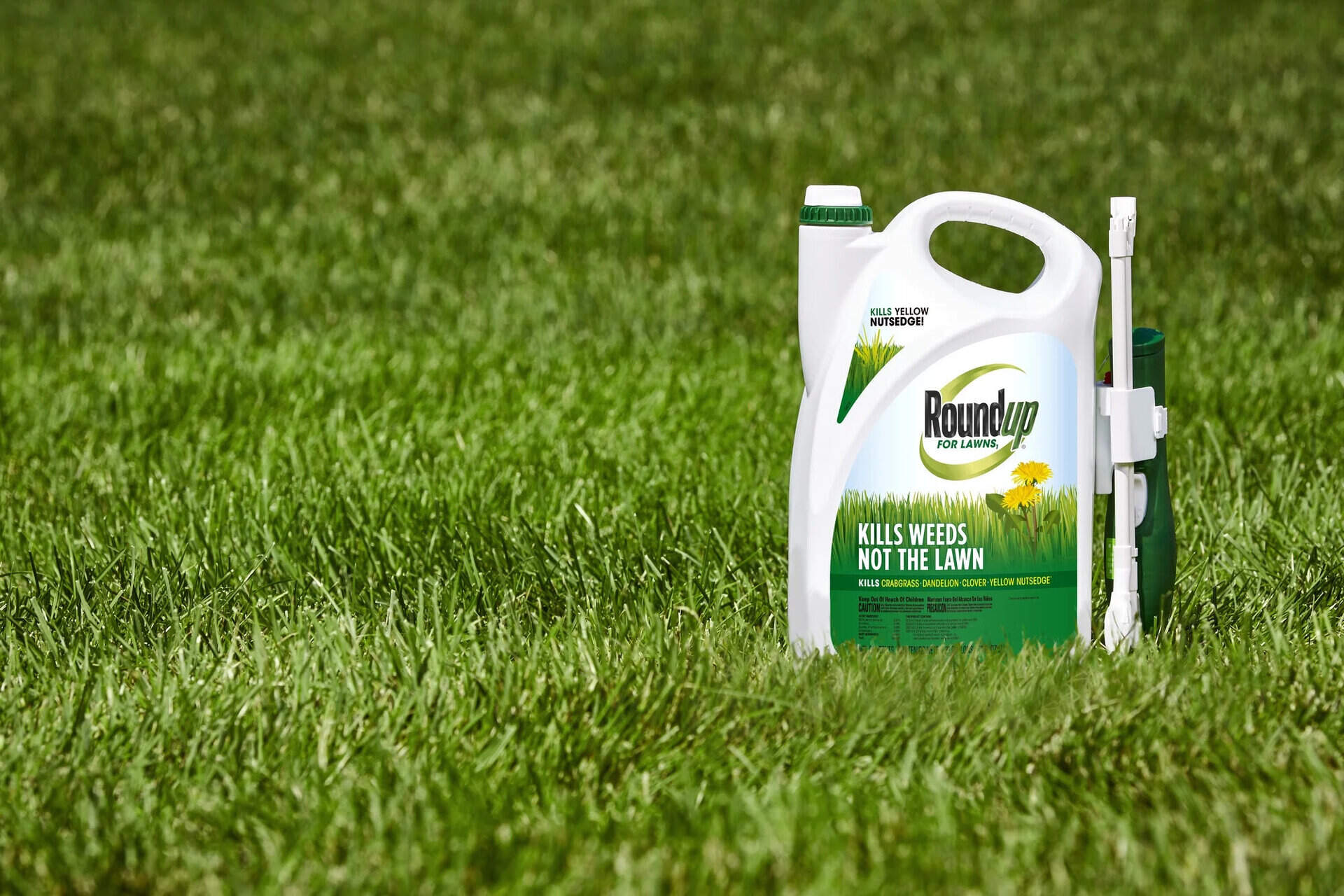

0 thoughts on “When Do Grubs Damage Lawns”